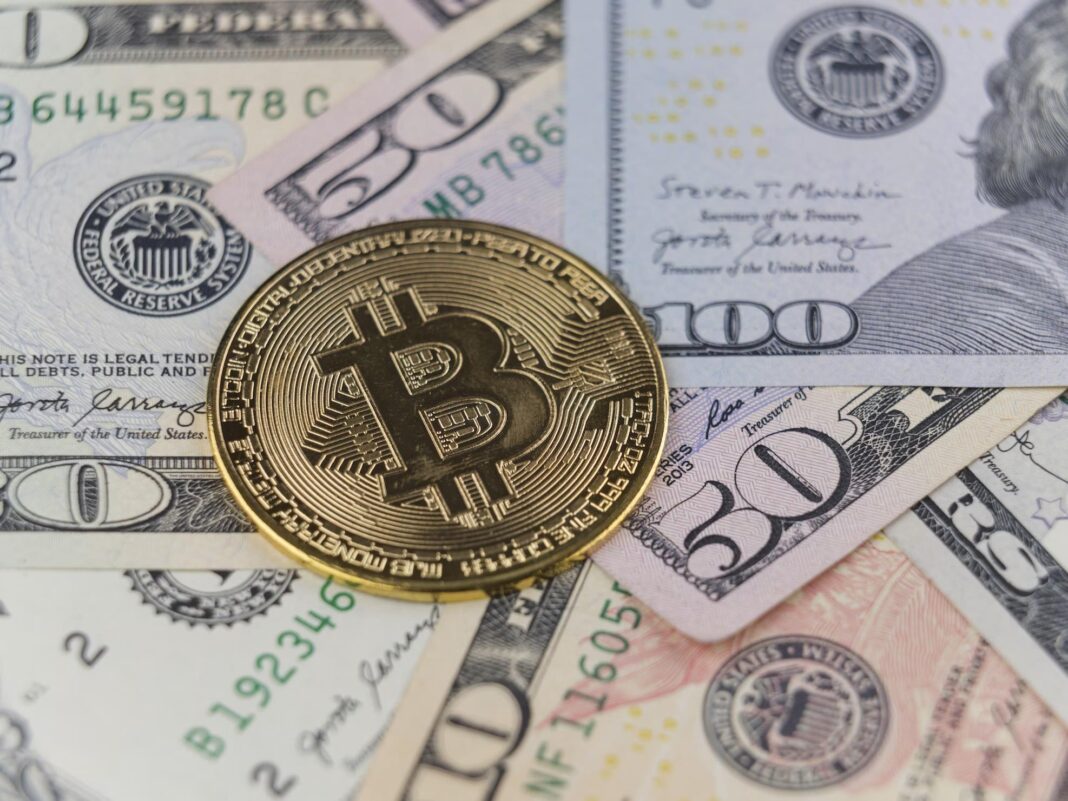UNITED STATES—Investing in digital currencies has become a standard for many portfolios, evolving from a specialized niche. As these digital assets, including Bitcoin and even tokens like Shiba Inu, become more prevalent, understanding their relationship with broader financial mechanisms, such as Federal Reserve decisions, becomes crucial.
Understanding the Federal Reserve’s Decision-making
The Federal Reserve’s function as the central bank of the United States gives it a unique position in influencing various aspects of the country’s economy. It employs a host of tools, with interest rate adjustments being one of its most potent.
The Federal Reserve’s interest rate decisions primarily serve two overarching purposes:
- Combat Inflation: When the economy overheats and prices rise at an accelerated rate, the Federal Reserve might choose to increase interest rates. This action makes borrowing more expensive and saving more appealing. With less borrowing, there’s a reduced flow of money in the economy, which can help temper inflation. An unchecked inflation rate can erode the purchasing power of money, affecting both consumers and investors.
- Encourage Economic Growth: Conversely, if the economy is stagnating or contracting, the Fed may opt to cut interest rates. By making borrowing cheaper, businesses might be more inclined to take loans to fund expansions, and consumers might increase their spending. Both these actions can spur economic growth.
As we delve deeper into the effects of these decisions, it’s evident that their implications extend far beyond traditional markets. Cryptocurrencies, for instance, aren’t immune to the ripples caused by the Federal Reserve’s policies. The recent interest rate hikes, aimed at curtailing inflation, coincided with notable fluctuations in the crypto market. For example, the shiba inu price, among other cryptocurrencies, exhibited volatility during periods of significant Federal Reserve announcements.
While the broader market dynamics and investor sentiment play a substantial role in determining the price of assets like Shiba Inu, the macroeconomic environment shaped by institutions like the Federal Reserve undeniably exerts an influence.
Federal Open Market Committee (FOMC) Decision
The FOMC’s recent decision to keep interest rates steady between 5.25-5.50% underscores prudence. This stance, especially after rapid hikes from a mere 0.25-0.50% to the current level in just 18 months, reveals the committee’s intention to evaluate the impact of these hikes carefully.
Market Expectations vs. Reality: Market participants are split on the Federal Reserve’s future actions. The CME’s market tracking hinted at a 50% chance of another rate increase by the year-end. Early 2023 sentiments hinted at a possible easing, but current rates reveal a gap between the Federal Reserve’s view and market speculations.
Impact on Cryptocurrencies: The cryptocurrency market, as seen in Bitcoin’s value drop, seems to be reeling from these higher rates. Identifying the exact reasons – be it diminished liquidity, increased allure of traditional assets, or other causes – warrants more scrutiny.
Inflation and Interest Rates: Using interest rates to counter inflation is a well-established tactic. Rising borrowing costs can help regulate the money supply and thus manage inflation. The recent 4.4% wage growth emphasizes the significance of this tool.
Bitcoin as an Inflation Hedge: The debate rages on. Bitcoin, with its finite supply, could potentially offer protection against inflation. However, its recent value dip amidst growing inflationary concerns questions its efficacy in this role.
Cryptocurrencies Amidst the Federal Reserve’s Decisions
The relationship between cryptocurrencies and traditional financial institutions is intricate. While cryptocurrencies represent a move away from centralized banking systems, they’re still intertwined with the broader economic landscape. The Federal Reserve’s decisions serve as an excellent example of this complex interplay.
- The Dollar and Crypto Dynamics: At the heart of global finance, the US dollar often acts as a barometer for shifts in the broader economy. When the Federal Reserve hikes interest rates, it’s usually a measure to temper inflation, and as a result, the dollar often strengthens. A fortified dollar tends to make assets priced in it more expensive for international buyers. This dynamic can translate to a drop in the value of cryptocurrencies.
For instance, when considering prominent cryptos like Bitcoin or Ethereum, or even meme coins like Shiba Inu, a surging dollar might exert downward pressure on their prices, especially in the short term.
2. The Ripple Effect: Conversely, when the Federal Reserve slashes interest rates, the dollar might soften. A softer dollar can make US exports more competitive, but it can also mean that assets priced in dollars become relatively cheaper. This dynamic can boost the value of cryptocurrencies. Investors looking for assets that might offer better returns than traditional fiat currencies might be more inclined to explore cryptocurrencies, thereby driving up demand and, consequently, their prices.
3. Borrowing and Crypto Liquidity: The interest rate environment plays a critical role in influencing borrowing behaviors. When rates are low, borrowing becomes cheaper. While most of the borrowing in a low-interest environment fuels traditional markets and sectors, a fraction finds its way into the crypto markets.
4. Investors might opt to diversify their portfolios by including cryptocurrencies, which can increase the liquidity in the crypto market. Greater liquidity often brings with it more stability, although it’s essential to remember that the crypto market is inherently more volatile than many traditional markets.
Broader Market Influences
The stock market, another barometer of economic health, reacts keenly to the Fed’s decisions. A downturn here can spur crypto investors to rebalance portfolios. A bullish stock market, conversely, might encourage increased crypto allocations.
The intricate dance between the Federal Reserve’s actions and the cryptocurrency market continues. With myriad influencing factors, from global events to specific crypto dynamics, plotting the exact course remains elusive. For investors, diversification remains a potent strategy, ensuring that they aren’t overly reliant on a single asset class.






